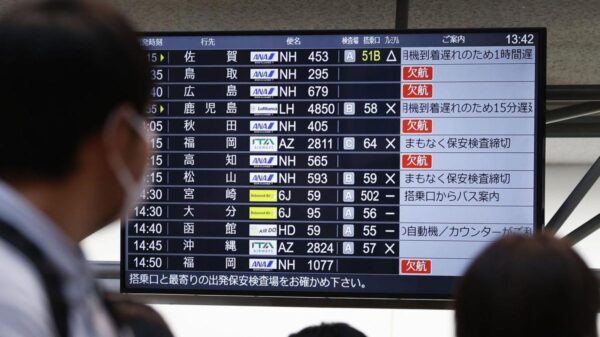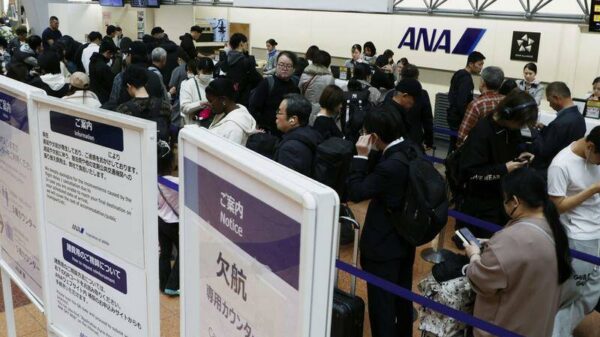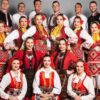Last Sunday, a significant demonstration occurred as tens of thousands marched across the Sydney Harbour Bridge in support of Gaza. Estimates of the crowd size varied widely, with police reporting approximately 90,000 attendees, while organizers claimed the number reached up to 300,000. Other sources provided estimates that fell somewhere in between. These discrepancies raise questions about how crowd sizes are determined and why they often spark debate.
Understanding the Importance of Crowd Size Estimates
Crowd size estimations have frequently been contentious. A prominent example occurred during Donald Trump‘s inauguration in 2017, where conflicting aerial photographs and transit data contradicted claims made by White House officials. More recently, in New Zealand, the Hīkoi march to parliament led to a similar dispute over crowd numbers.
The significance of crowd size extends beyond mere numbers. It can reflect the level of support for social or political movements and inform safety protocols at large events. Accurate crowd estimates are vital; underestimating can lead to logistical shortcomings, while overestimating might result in unnecessary safety measures or event cancellations.
Methods for Estimating Crowd Sizes
There is no universally accepted methodology for counting crowds, leading experts to employ a variety of techniques, each with inherent limitations.
One traditional method involves manual visual estimation, where observers assess crowd density in specific areas and extrapolate that data across the entire gathering. Although straightforward in theory, this method is fraught with challenges. Human observers often struggle with accurately discerning small differences in density, and crowd behavior can lead to uneven distributions.
Modern approaches utilize technology to improve accuracy. Automated counting can be conducted using CCTV, aerial images, and drone footage, employing image processing techniques to identify individuals. While this can yield accurate counts in open spaces, factors such as poor visibility, weather conditions, and obstacles can significantly hinder performance.
Additionally, crowd sizes can be inferred through wireless sensing, which tracks unique wifi or Bluetooth signals emitted from smartphones. This method is effective for large, mobile crowds but relies on individuals having their devices switched on and location services enabled.
Artificial intelligence (AI) has also emerged as a powerful tool in crowd counting. Utilizing convolutional neural networks, these systems generate “density maps” that display where people are congregated and how densely packed they are. AI can adjust for perspective and density variations, although it requires substantial training on relevant data.
Despite the advancements, no method is foolproof. The most reliable crowd counts often result from combining various techniques, such as calibrating wifi data with computer vision.
Challenges and Considerations in Estimating Crowd Sizes
Several factors complicate the estimation process. The venue’s characteristics can significantly influence accuracy; open areas are generally easier to measure than narrow streets. Additionally, static crowds are simpler to count than those in motion, and uniform gatherings present fewer challenges than scattered ones.
Timing also plays a crucial role. Crowd numbers fluctuate as people arrive, leave, or shift within the space. As such, two counts taken a short time apart may yield markedly different results. Furthermore, physical conditions like shadows, lighting, and weather can skew estimates, as can psychological factors. Observers often focus on the most animated portions of a crowd, leading to an overestimation of both size and intensity.
Ultimately, crowd size estimation is a blend of science and art. Recognizing the limitations of the methods employed can foster a more nuanced understanding of reported figures. Discrepancies in estimates do not inherently indicate dishonesty; instead, they may reflect the complexities involved in gathering accurate data.
As public events continue to draw large crowds, the quest for accurate crowd size estimation remains a critical area of exploration. Those interested in the accuracy of such figures should approach estimates with a healthy degree of skepticism, acknowledging the human element inherent in these assessments.





























































